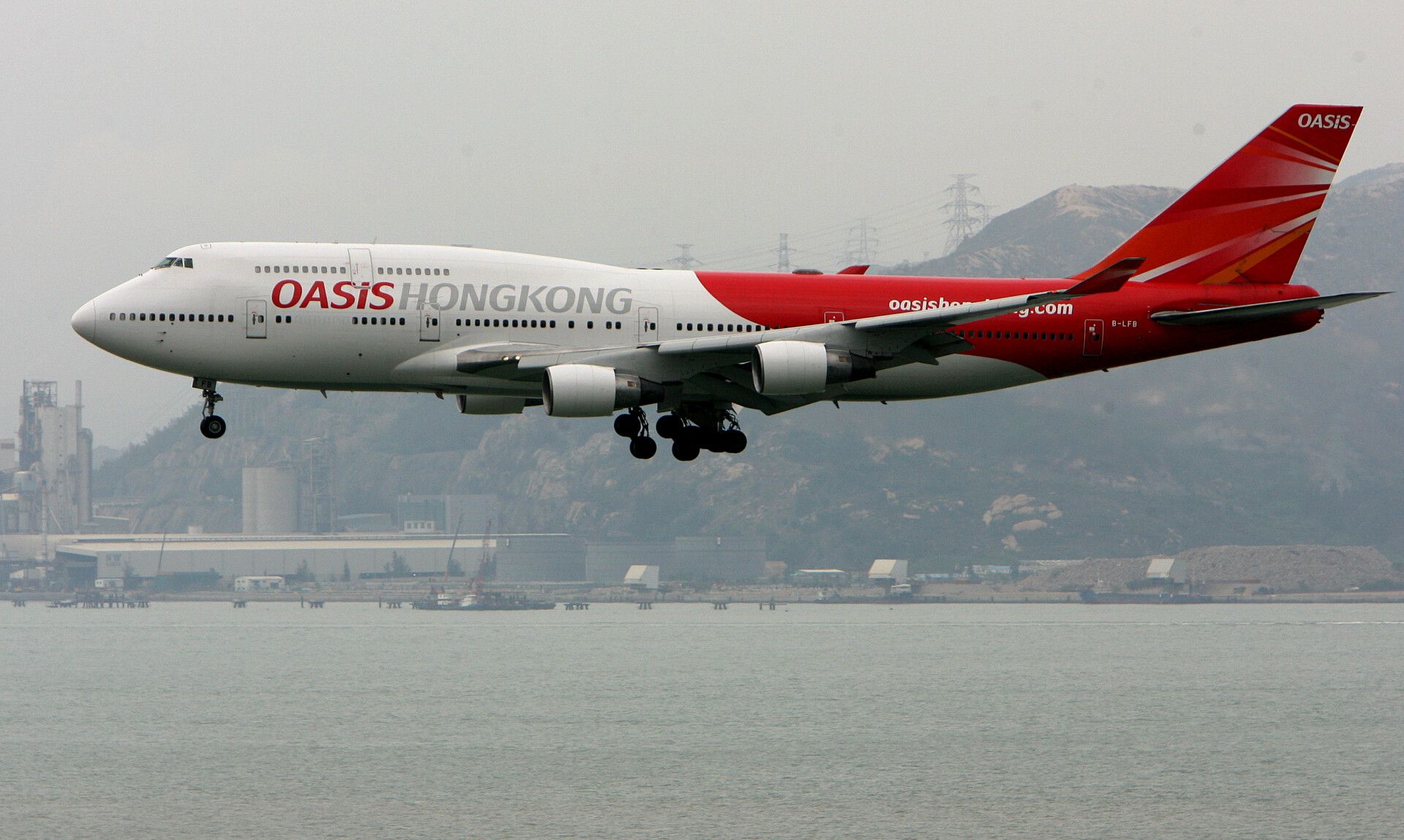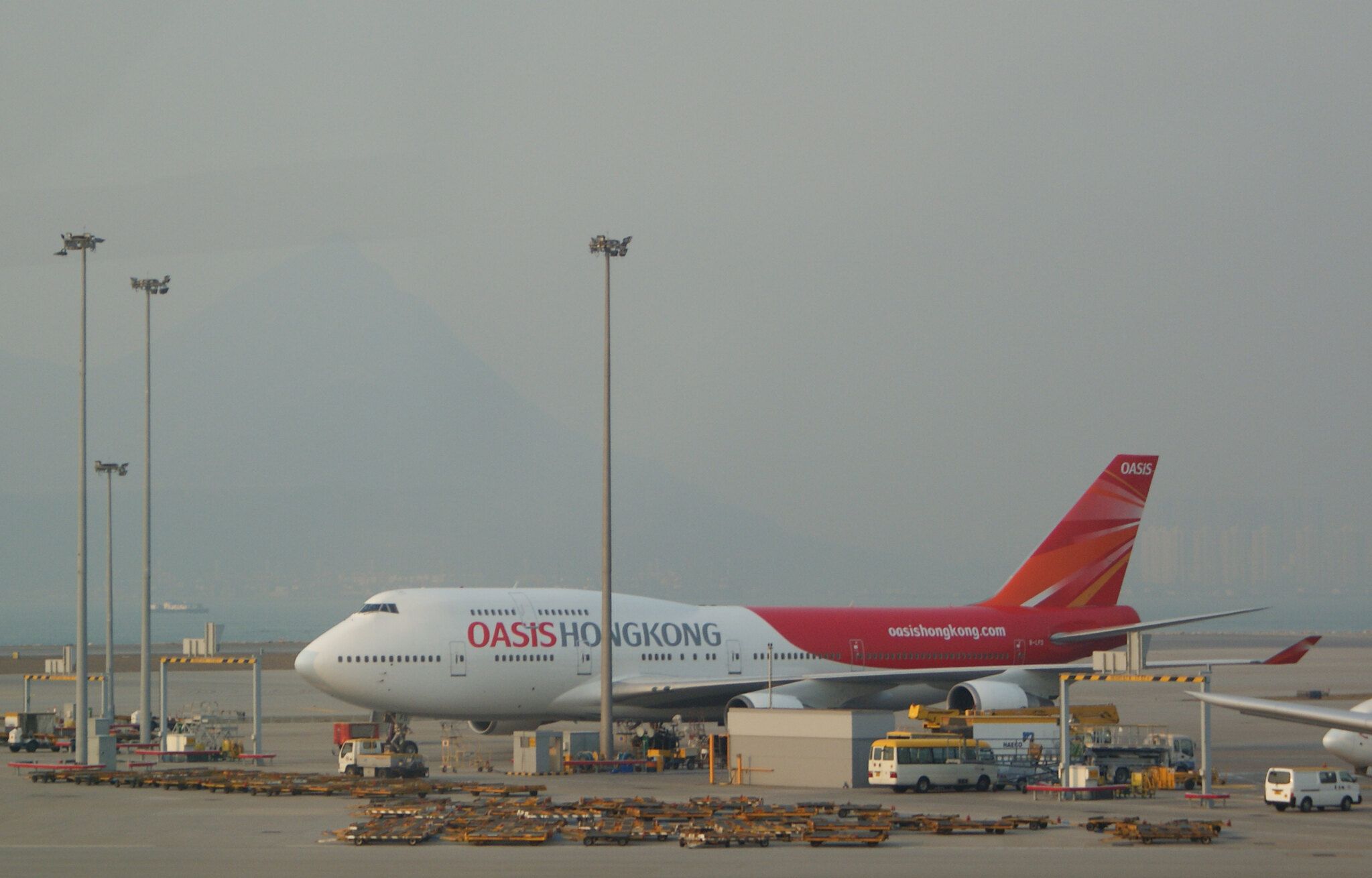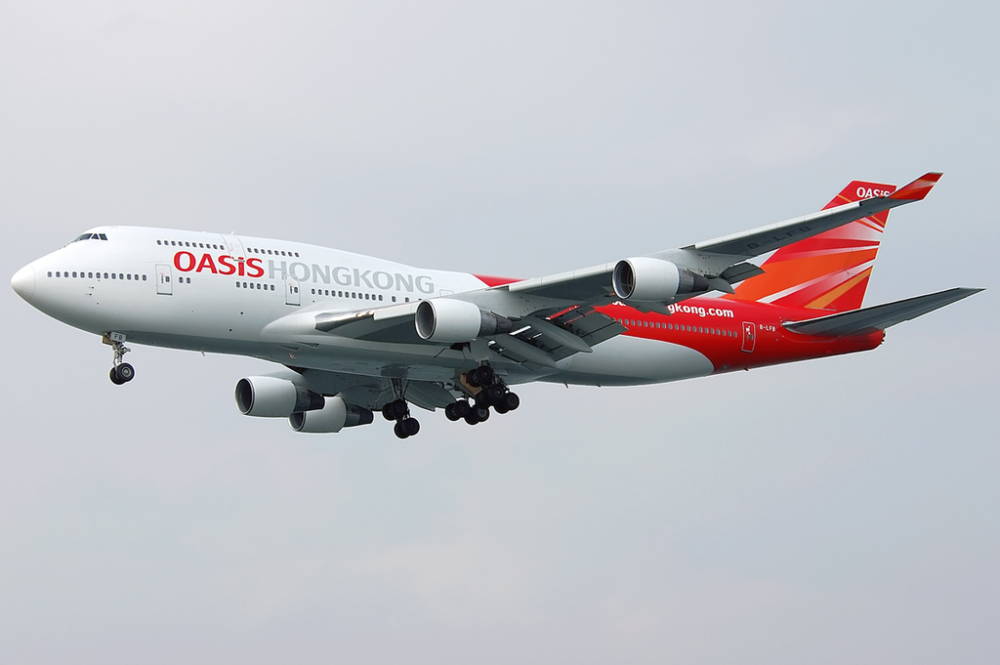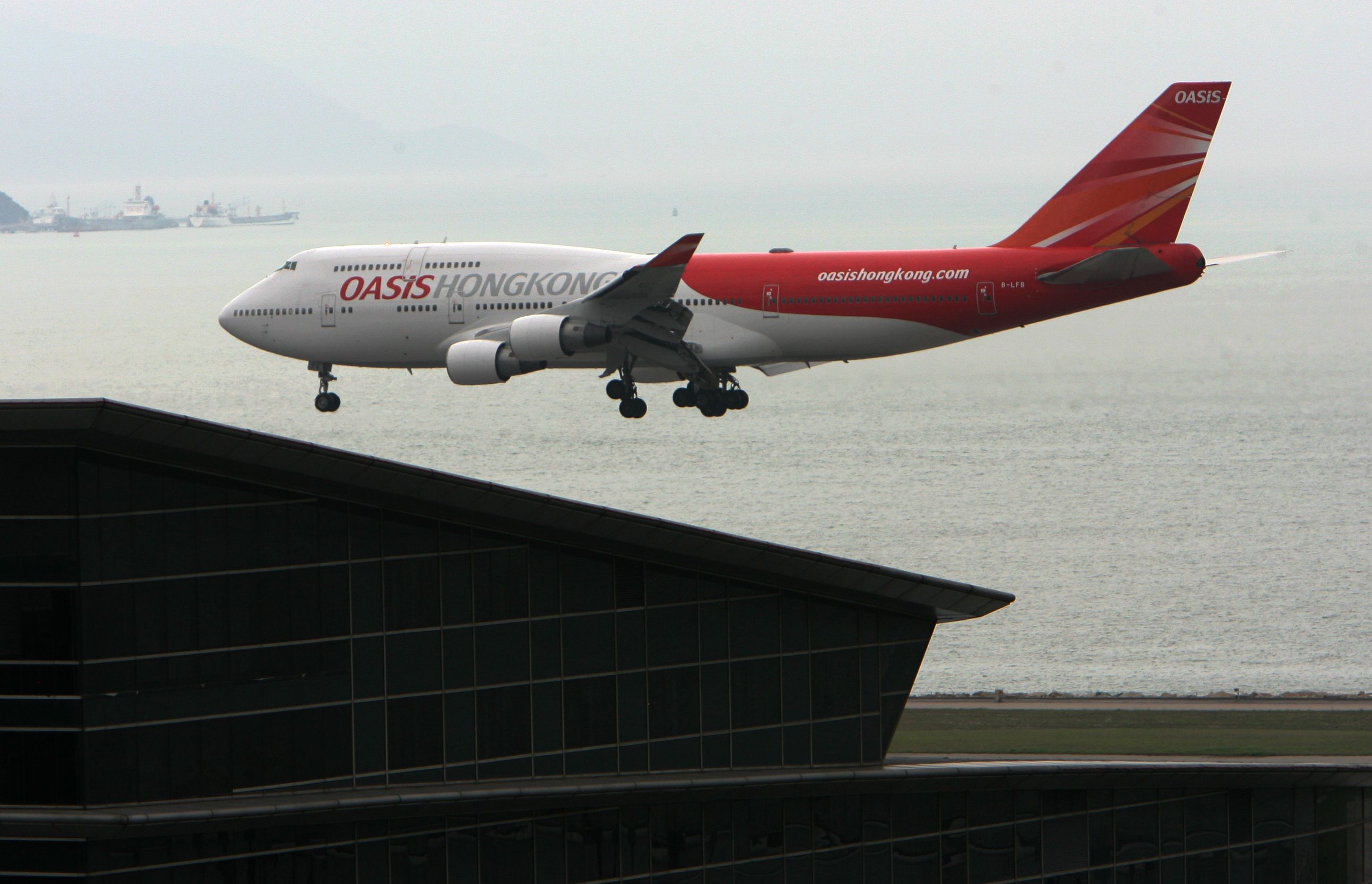The route between London and Hong Kong has long been a key air route for carriers based at both ends of the corridor. One Hong Kong-based operator that tried its hand at getting a share of this potentially lucrative market was Oasis Hong Kong Airlines, which was founded back in 2005. The project turned out to be unsustainable in the long term, but why? Let's take a look back in time and find out.
A rocky start
Oasis Hong Kong Airlines came into existence when Raymond and Priscilla Lee founded the new carrier in early 2005. It had considerable firepower at its disposal at the management level, with Dragonair founder Stephen Miller appointed its CEO. According to data from ATDB.aero, Oasis Hong Kong Airlines received its air operator's certificate (AOC) just under two years later, on October 19th, 2006.
After this, the new airline wasted little time in getting off the ground. That being said, it didn't have the easiest maiden voyage. This was set to occur between Hong Kong International (HKG) and London Gatwick (LGW) less than a week after receiving the AOC on October 25th, 2006. However, things didn't go entirely to plan.
Get the latest aviation news straight to your inbox: Sign up for our newsletters today.
Much like the first-ever passenger-carrying flight of the Boeing 747, Oasis Hong Kong Airlines actually ended up hitting the skies a day later than planned. This came after its permission to use Russian airspace on the way to the UK was revoked, with this challenge arising just an hour before its planned departure on October 25th. However, it was eventually able to begin properly a day later.
Too good to be true
Despite being a new airline, Oasis was actually a decent competitor for existing carriers on the London-Hong Kong route, to begin with. The same was true for its other initial route, which served Vancouver. Indeed, its all-Boeing 747-400 fleet allowed economy class passengers to enjoy a 32-inch seat pitch. This figure was equal to or better than its more established rivals on these routes.
The airline also boasted a competitive business class product, whereby drinks and snacks were free. All passengers were entitled to two hot meals regardless of their class of travel, as well as the use of an extensive personal entertainment library on seatback TVs. Moreover, they could enjoy these generous aspects at fares that began as low as £75 (£113.36 or $128.35 today) plus taxes.
Love aviation history? Discover more of our stories here!
However, this part of the airline's business model ultimately caused its long-term unsustainability. Despite claiming to have broken even in its first six months, and having four different fare classes, Oasis's low ticket prices meant that it could not viably support its operations. Its use of London Gatwick was also unfavorable, compared to its competitors, which flew to Heathrow Airport.
The end of the line
In the end, Oasis Hong Kong Airlines could only manage around 18 months of operations before collapsing. In April 2008, its losses reached a point where the carrier was forced into liquidation by KPMG China. KPMG initially announced that unsecured creditors would only receive 10% of what they were owed. However, this estimate later dropped to as low as 5% in September 2008.
As for the airline, its final flight took place on April 8th, 2008, as O8901. The Boeing 747-400-operated service departed from Vancouver at 10:15 local time, and reached Hong Kong at 15:09, bringing 18 months of flying to a close.
The airline's fleet
Let's conclude by taking a look at the nature of Oasis Hong Kong Airlines' fleet. As previously mentioned, the carrier only operated Boeing 747-400s, with data from ATDB.aero showing that four examples of the type served the airline over the years. All of these came to Oasis second-hand, having been built between 1989 and 2000. The carrier also had two more canceled acquisitions.
Of the four Boeing 747-400s that did fly for Oasis Hong Kong Airlines, two came from Japanese carrier All Nippon Airways (ANA), while the other pair were ex-Air Atlanta Icelandic aircraft. The ex-ANA pair remain active today, with both of these aircraft (which are now 22 and 23 years old) flying for US carrier Atlas Air.
Did you know about Oasis Hong Kong Airlines? Perhaps you even flew with this short-lived carrier? Let us know your thoughts and experiences in the comments.




